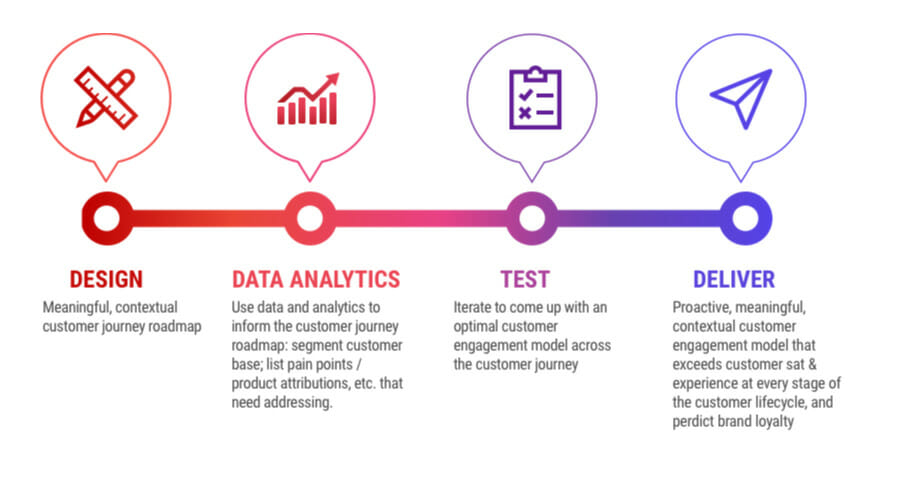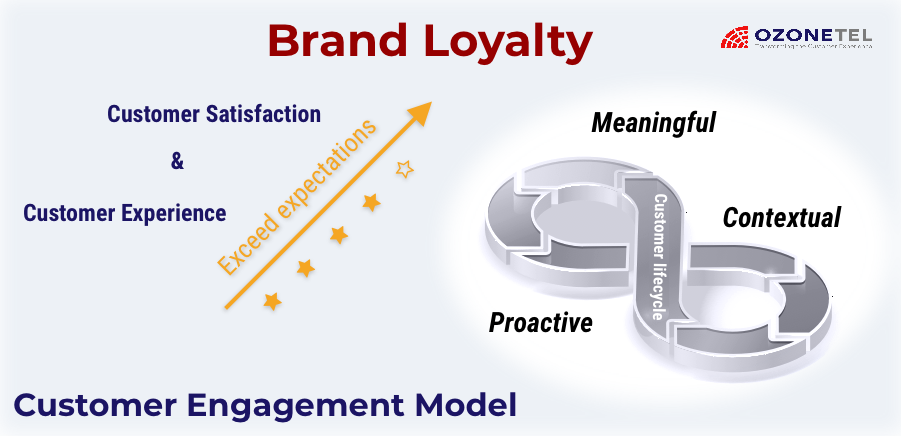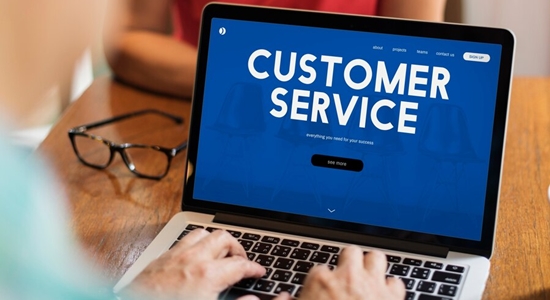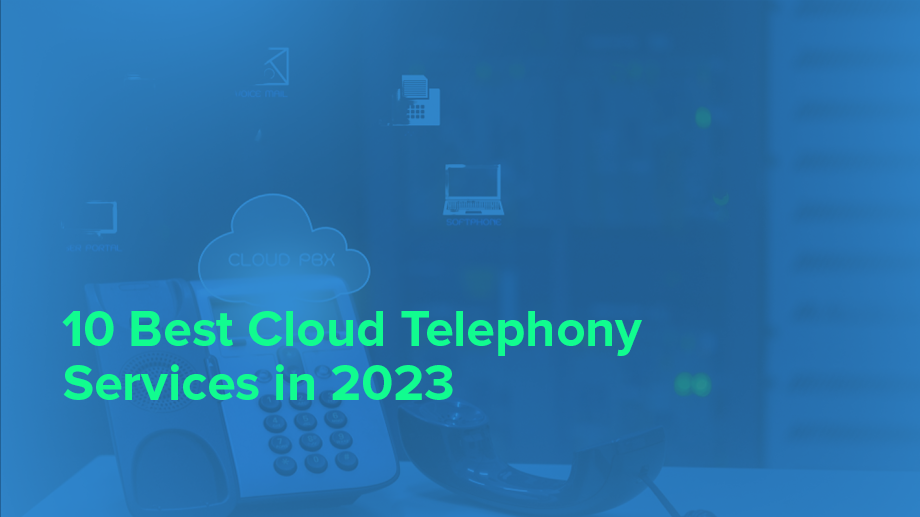- Resources
- Customer Engagement Model
Customer Engagement Model

What is customer engagement?
Broadly speaking, customer engagement is the way(s) a company interacts with customers to create a relationship with them. This is done to foster brand loyalty, wherein in a competitive landscape, your customer base prefers your brand over the competition.
What is a customer engagement model?
A customer engagement model is one where at every stage of the customer lifecycle the company makes a strategic yet sincere attempt to create brand loyalty by exceeding customer satisfaction and experience through proactive, meaningful, and contextual customer interaction. This is true across multiple industry verticals.

Factors that determine your customer engagement model
A customer engagement model is specific, where one size doesn’t fit all. It is dependent on several factors such as product or purchase lifecycle, customer type, and perceived product value. Based on these and other factors, companies can strategically segment their customer base and optimally meet their customer where they are. Thereby creating brand loyalty based on a clear customer engagement model to meet and exceed customer experience and satisfaction proactively, meaningfully, and contextually.
Lifecycle
Companies will likely engage differently with customers based on their usage, need, and whether they are new or have been customers for a while. Whether they’re at the onboard stage or in the retention stage.
Perceived product value
Your customer engagement differs based on your perceived product value. As a business, you need to determine: the following
Are customers finding value in the product? What is it? How can it be enriched?
What is the customer using the product for?
What’s product feedback like? Is the brand/product sentiment positive, negative, or neutral?
Communication Preferences
To determine your customer engagement strategy, you need to know your customers’ communication preferences. This includes knowing which communications channels they are most receptive towards. It includes their social media preferences, For instance, a younger customer base may prefer Instagram to Facebook.
Why do you need a customer engagement model?

How to create effective customer engagement?
According to a 2013 Survey by Gartner, the importance of customer engagement has increased manifold because of an increasing transition to “communicating and buying through digital channels”
A well-strategized and implemented customer engagement model gives you the following benefits:
- Creates a loyal customer base; acquire new customers through word-of-mouth
- Enhances brand loyalty and reputation
- Increases retention
- Identifies upsell opportunities
- Reduces customer churn rates by prolonging the customer journey
- Lowers conversion costs through repeat purchase
- Increases overall revenue
How to create an optimal customer engagement model?
To create an optimal customer engagement model, your focus is simple: Make the end-to-end customer journey rewarding! A good customer engagement model is one that optimally meets and exceeds customer needs at different stages of the customer lifecycle.
Let us now examine each step carefully.
Customer engagement during onboarding
Customer engagement for ongoing customer interactions
Customer engagement for retention
Based on your customer journey, you can identify which customers are in the retention stage. This could be active customers, customers with declining participation, or customers who have become inactive.
Customer engagement for loyalty
Example of a good customer engagement model
In a compelling pharmacy case study, highlighted by Mc Kinsey, we see how customer satisfaction takes precedence over product. This study was conducted among 600 immunologists in Europe and the United States revealed that when prescribers are 100% satisfied with their journey for a particular drug and the pharma company’s contribution to it, they are more than twice as likely (as those dissatisfied) to prescribe it.
The study clearly showed that, firstly, by improving customer experience on end-to-end customer journeys, rather than individual touchpoints, companies find the greatest impact in creating brand loyalty. Secondly, by paying more attention to the customer experience, companies not only increase satisfaction but also boost sales and market share.
Customer engagement model toolkit
Today, the challenge is to meet and exceed customer experience and satisfaction in a proactive, meaningful, and contextual manner. Without this, a customer engagement model is redundant. Also, at any stage of a customer lifecycle, if the customer isn’t satisfied, s/he is likely to switch.
Although the customer is at the center, and not technology, a variety of tools can valuably assist in making the overall customer engagement model seamless and streamlined.
Also Read: Importance of call management
- Start by breaking down the customer lifecycle process. List out the various stages for a closer examination.
- List tactics and operational strategies to implement at every stage to create an overall customer engagement model.
- Ensure that each operational strategy meets the customer lifecycle process goal.
- Check-in with customers and ops team periodically to eliminate redundancies and further streamline workflows.
Customer engagement during onboarding
During onboarding you can have the following customer engagement goals:
- Firstly, create a seamless, stress-free, inexpensive on-boarding.
- Secondly, outline clear communication of expectations around billing and subscription modalities
There are operational strategy or tactics that can be used to improve customer engagement during onboarding:
- 24×7 on-point customer service: across multiple touchpoints (channel/ platform, including phone)
- Zero-minimal infrastructural costs
- Transparent billing & scalable plan so the customer can upgrade/downgrade services based on need
Customer engagement for ongoing customer interactions
For active customers, you can have the following customer engagement goals:
Streamline customer interactions.
- Ensure operational and communication efficiency for both customers as well as for agents
Three operational strategies for achieving this:
- Personalize communications
- Ensure you meet and exceed customer satisfaction expectations
- Leverage system generated reports & analytics to understand operational efficiency (handle times, abandoned calls, productivity metrics, conversion rates, etc.) and measure customer satisfaction for an agile, robust, and iterative ops model
Customer engagement for retention
Your customer engagement goals here would be to:
- Deepen customer relationships by keeping the customer connected with your business
- Encourage additional sales through relevant, customized offers
Key operational strategies for achieving this include:
- Integrate your CRM capability
- Use AI-based capabilities to identify and alert agents on upsell opportunities
Customer engagement for loyalty
In order to address customer loyalty, you would need to focus on the following goals:
- Recognize customers as brand advocates (customer referral through word of mouth, social media referrals/shares, etc.)
- Create a relationship of exclusivity where customers don’t switch to a competitive offering
Key operational strategies for achieving these goals would be:
- Deploy AI-powered voice recognition technology and Chatbots for seamless, contextual, frictionless, human-like interaction Exclusive offers & promotions; leverage social media for contests; create a referral program; rewards
- Offer exclusive offers and promotions; leverage social media for contests; create referral & reward programs
Example of a good customer engagement model
This was done by:
- Designing / Creating segmented customer personas to meet customer needs and meaningfully address pain points to develop a targeted customer journey.
- Testing prototypes to optimize stakeholders’ experience (in this case physician and patient).
- Delivering an optimal and targeted customer journey (experience and satisfaction) to create brand adherence and loyalty.
Customer engagement model toolkit
Thereby rewarding. Here are some examples:
- Customer relationship management (CRM) software. Customer needs are complex, immediate, varied, and, multi-channeled. An in-built CRM capability to your business ops dashboard adds tremendous value by reducing the effort/burden on both the company and customer. Overall efficiency and streamlining workflows are vastly improved, as a lot of manual labor is automated:
- An Integrated Omnichannel Contact Center Solution. CRM integration built into your contact center will map calls and chats to a single customer. An omnichannel solution will help you unify conversations across various digital and voice channels.
- Advanced Contact Center Features: Features like autodialer and scheduled SMS can be used to schedule communication with customers. Use reporting and live monitoring features within your contact center software to manage call queues.
- Self-service. Offer self-service. It allows your customer to interact with you on their own terms.
Conclusion
Studies prove that it costs businesses 700 times more to onboard a customer than to retain one. For this, it is essential to align customers across the entire customer journey; breaking down silos that exist between marketing, sales, and support. In order to create successful customer engagement, it is essential to use this data to personalize experiences, identify opportunities, and be there for customers when they’re most open to communication from you.







